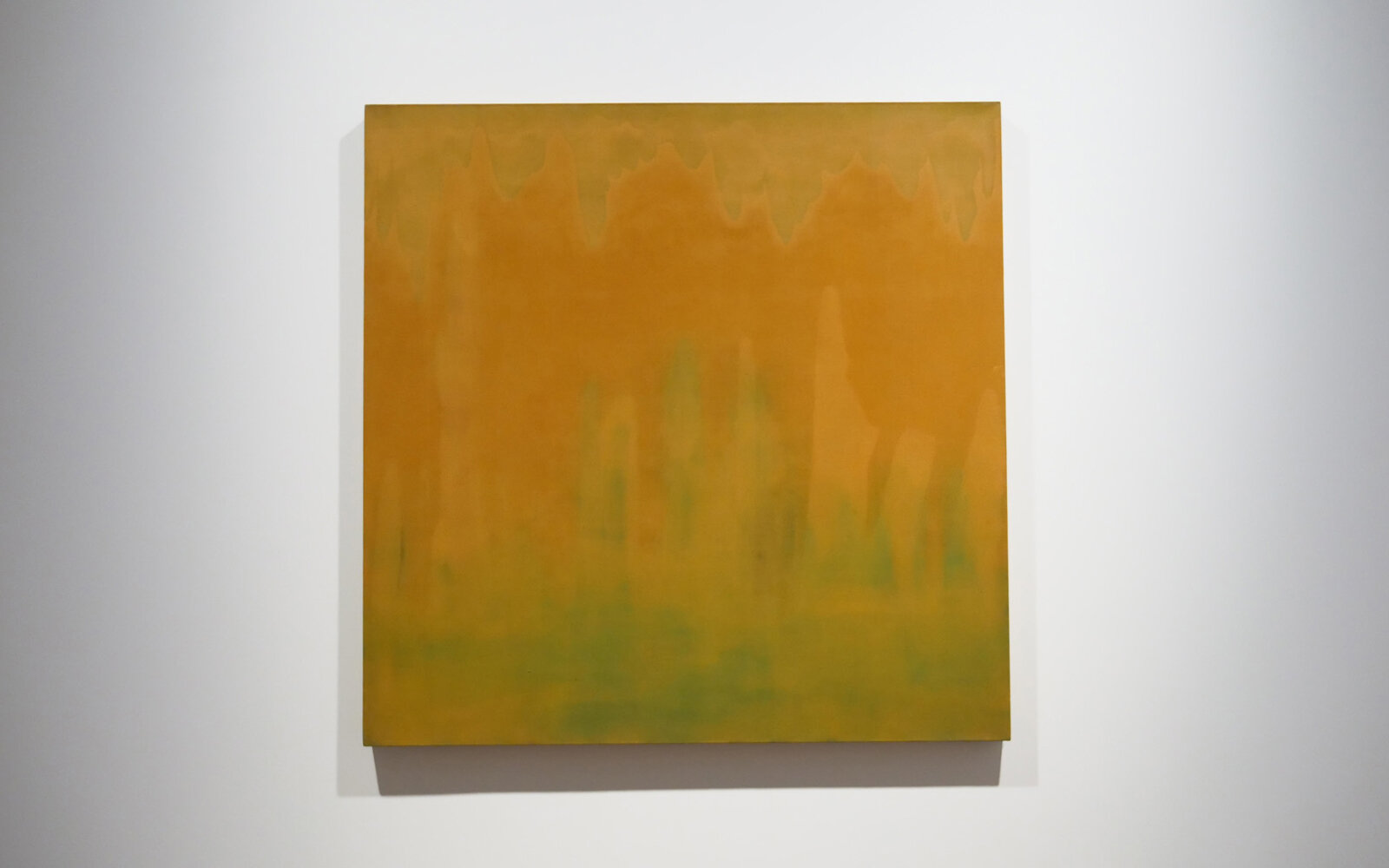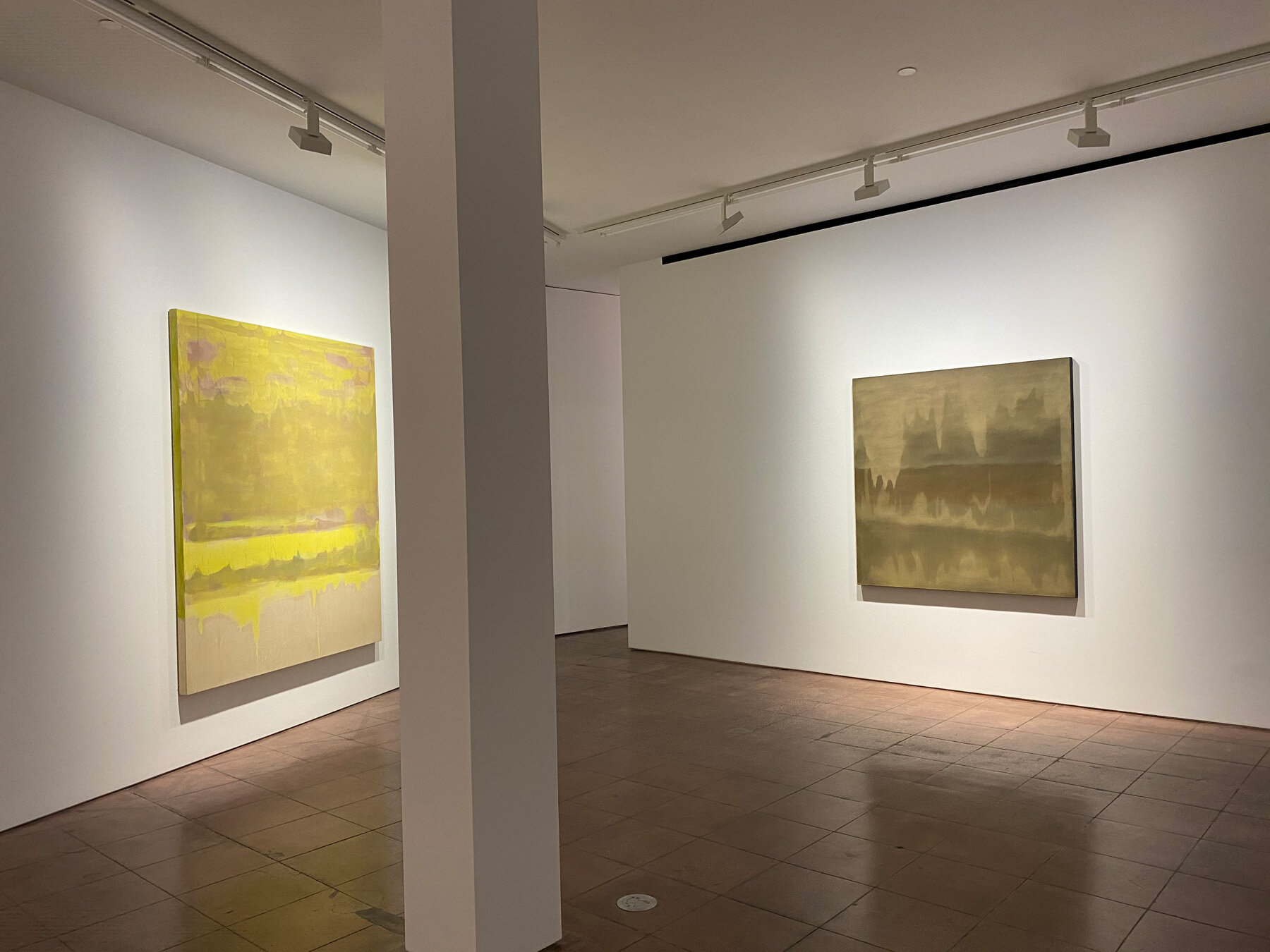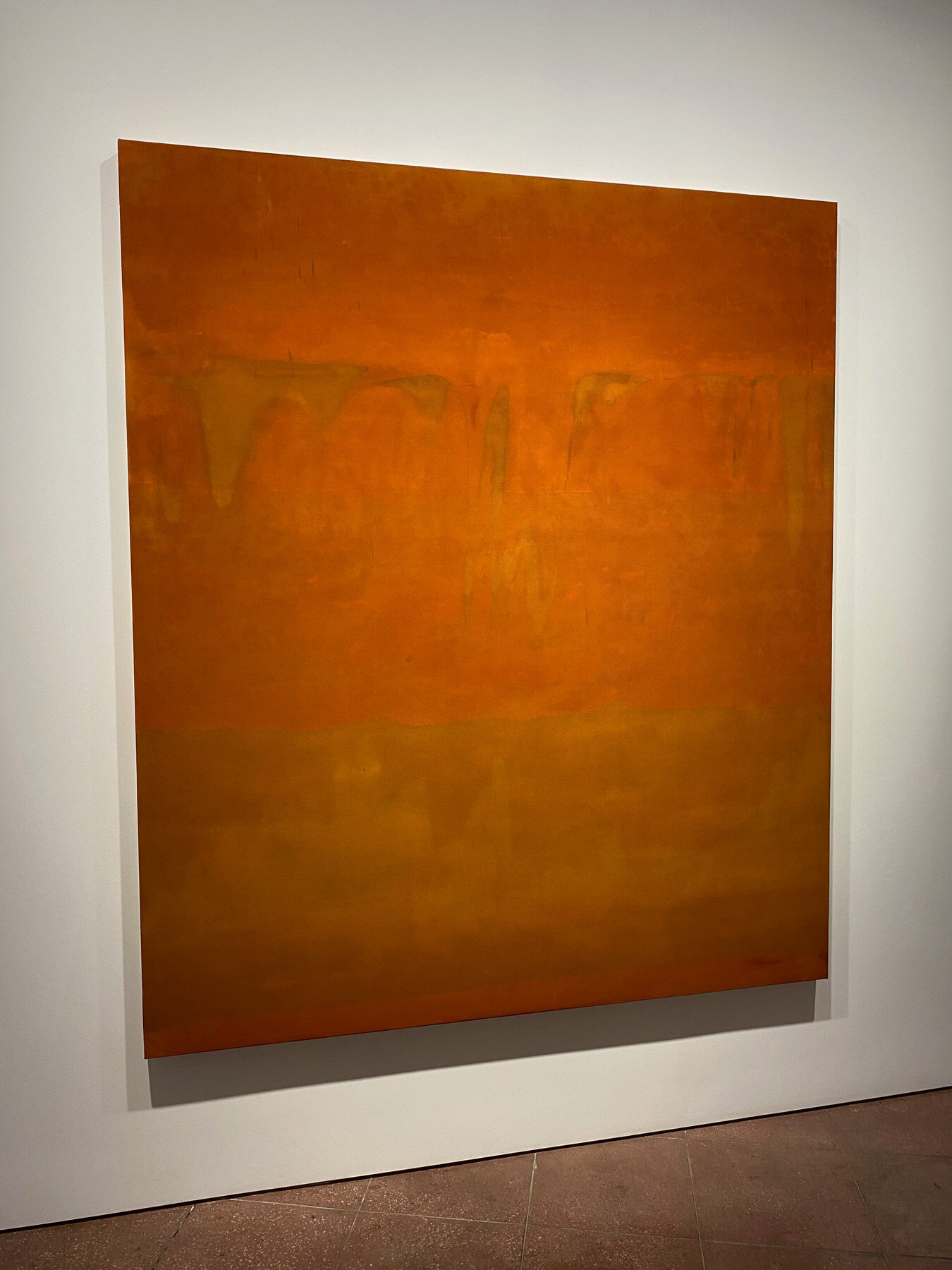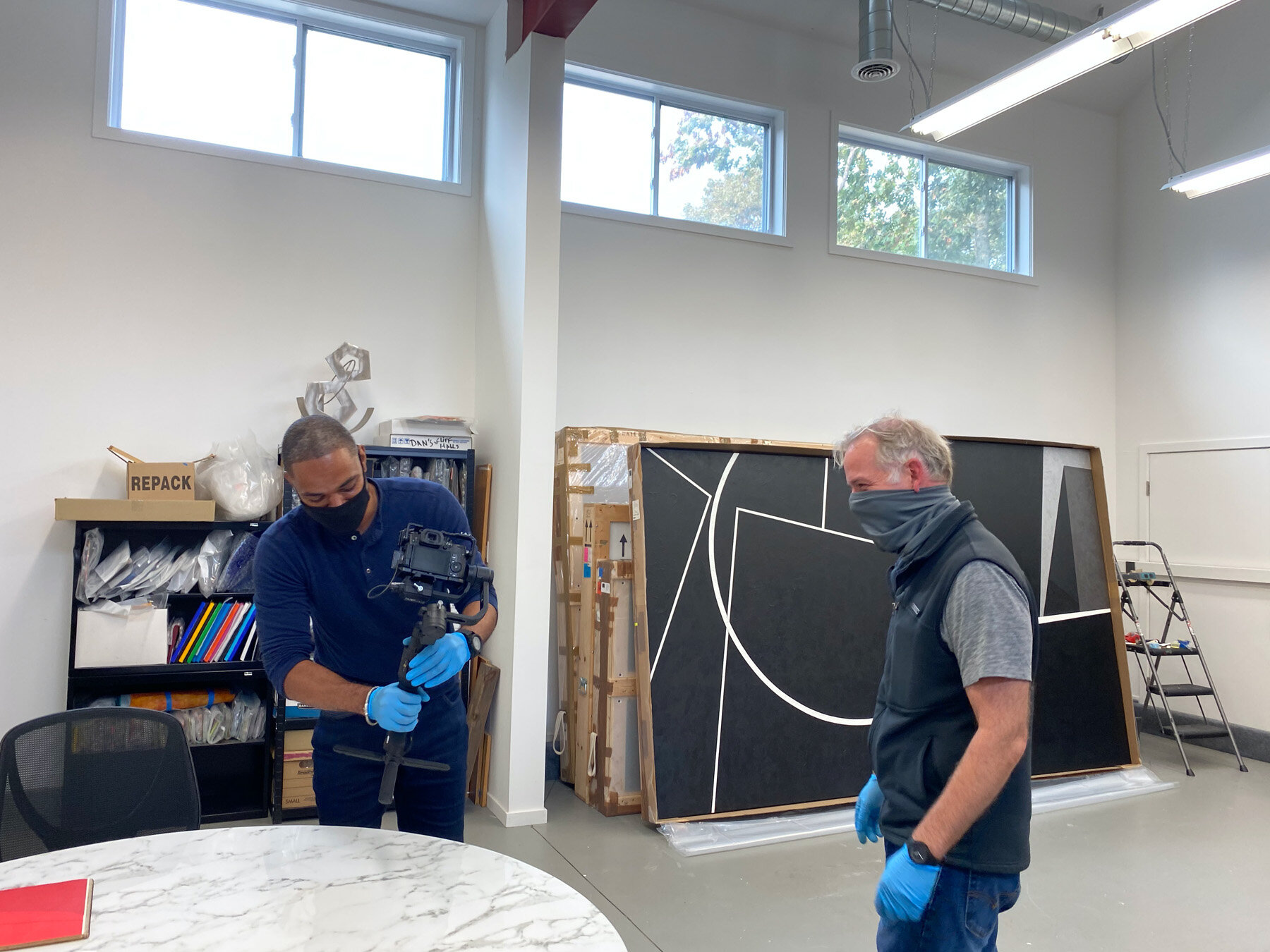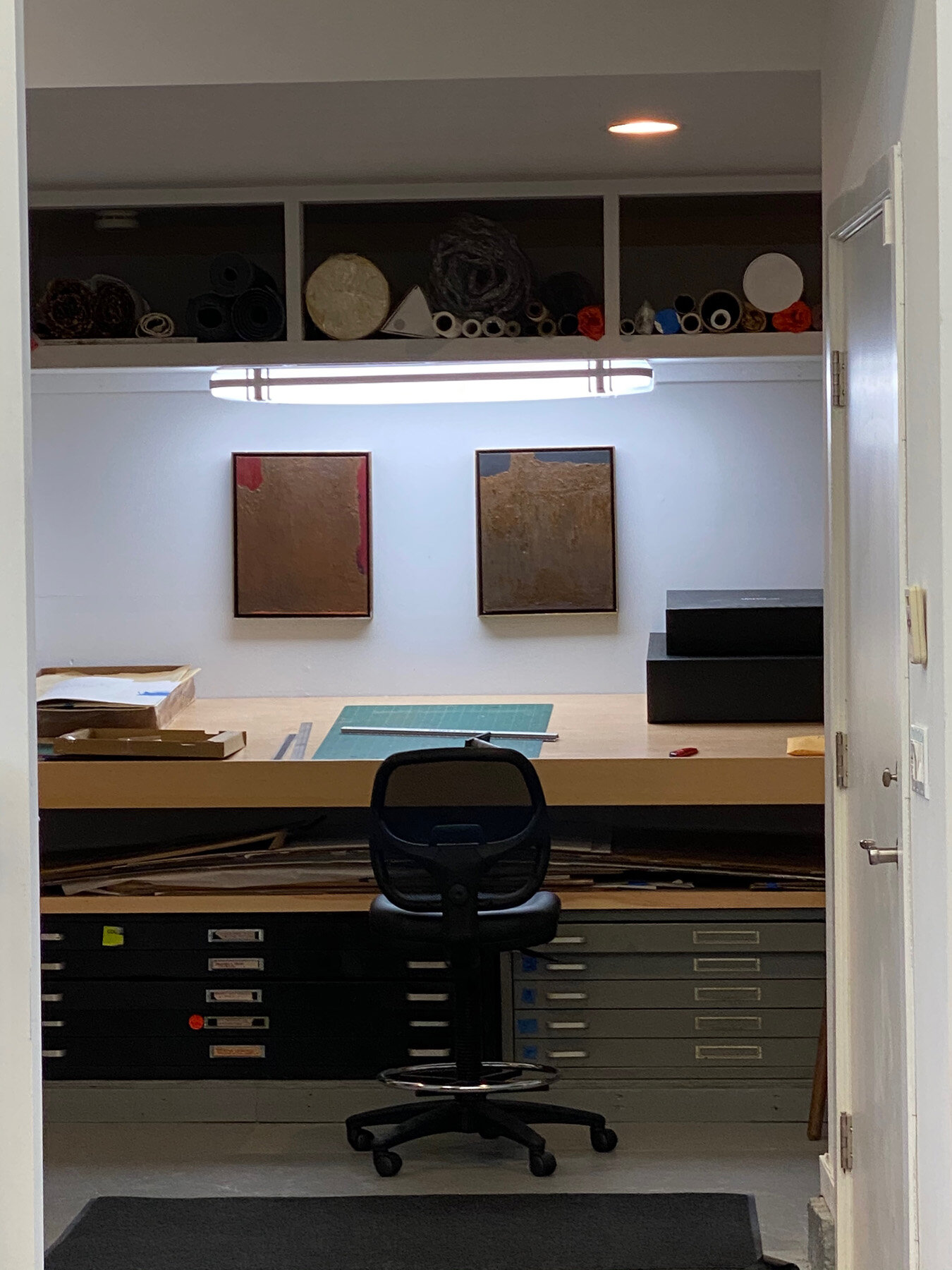Virginia Jaramillo
VIRGINIA JARAMILLO
“The foregone conclusion was that I wanted to be who I was born to be. And I wanted to be an artist because, in the back of my mind, I thought, gee, if I'm an artist, I can be anything I want to be. I can act any way I want to be, I can dress any way I want to dress, and no one will question it because I'm an artist.”
Born in El Paso, Texas in 1939, VIRGINIA JARAMILLO grew up in Los Angeles, moving there with her family when she was two years old. She attended Manual Arts High School, learning later that Jackson Pollock and Philip Guston had also studied there. She and a small group of like-minded students spent Saturdays in the studio of Charles and Ray Eames, watching films and learning the tenets of artistic philosophy. At 18, she was included in the Los Angeles County Museum’s “Annual” exhibition, going on to receive a scholarship to the Otis Art Institute (Otis College of Art and Design) which she attended from 1958 - 1961. Through an interest in Japanese woodcuts, Jaramillo embraced the aesthetic of ma, a concept of form and non-form, or negative space. Within this cosmology and parallel interests in metaphysics and the sciences, her mature work took root.
Virginia Jaramillo’s career crosses six decades. In 1971, she was included in The De Luxe Show, one of the first racially integrated contemporary art exhibitions in the U.S. Organized by the Menil Foundation, the groundbreaking exhibition was installed at a derelict movie theater in Houston’s Fifth Ward. As the only woman and the only Latina invited to participate, her inclusion in this important show was a critical moment in the history of American art.
Her first solo museum show, Virginia Jaramillo: The Curvilinear Paintings, 1969-1974, was organized by The Menil Collection in 2020. The exhibition, an homage both to Jaramillo and to the fifty-year anniversary of The De Luxe Show, featured eight minimalist paintings in which undulating lines float amid rich, monochrome surfaces. Drawing on myriad interests ranging from classical and sacred geometry to science fiction, archeology, and quantum physics, her rigorous practice has offered a unique meditation on the principles of human perception.
Other significant exhibitions have included the Whitney Annual, Whitney Museum of American Art, 1972; Now Dig This!: Art and Black Los Angeles, 1960-1980, Hammer Museum, Los Angeles, 2011 and Soul of a Nation: Art in the Age of Black Power, 1963 – 1983, Tate Modern, London, 2017, (traveling to The Broad, Los Angeles; Crystal Bridges Museum of American Art, Bentonville, AK; and the Brooklyn Museum, Brooklyn, NY). Her work is represented by prominent public and private institutions including The Aldrich Museum of Contemporary Art, Richfield, CT; the Brooklyn Museum, Brooklyn, NY; Kemper Museum, Kansas City, MO; The Menil Collection, Houston, TX; Metropolitan Museum of Art, NY, NY; National Museum of Women in the Arts, Washington, D.C.; Pasadena Art Museum, Pasadena, CA; Pérez Museum, Miami, FL and the Rufino Tamayo Museum of Contemporary Art, Mexico City, Mexico. She has received numerous awards and fellowships, among them The Ford Foundation, 1962; National Endowment for the Arts, 1972-73 and Anonymous Was a Woman, in 2020.
The Menil Collection commissioned The Artist Profile Archive to create a film to accompany Virginia's solo exhibition there, on view through July 3rd, 2021. Jaramillo was interviewed in her Hampton Bays studio, which was filmed during the height of the Coronavirus Pandemic in September of 2020. Additional questions were asked to create her profile for the archive as well, resulting in two films, with one appearing on the Menil website. For her profile for The Artist Profile Archive, in addition to featuring footage from her Menil exhibit, footage of Virginia's 2020 show Conflux at Hales Gallery in New York was included.
Click here for more information on Virginia's show at the Menil and to watch the exhibition film they commissioned.
“Someone asked me, are you political? I said my whole life has been a political statement. I live my politics.”
“Well, before the curvilinears, I was making highly-textured paintings that were black, and those were done in California when we literally did not have any money. Even then, we’d go to a hardware store, and I’d pick up a large gallon of acrylic paint which was not considered really good and acrylics weren’t of the highest quality and so the colors like black and brown and dark green were not colors that were really sold. They were the cheapest. So those are the colors I would buy, and that’s how the paintings from that period were all black because that was the paint I could afford.”




